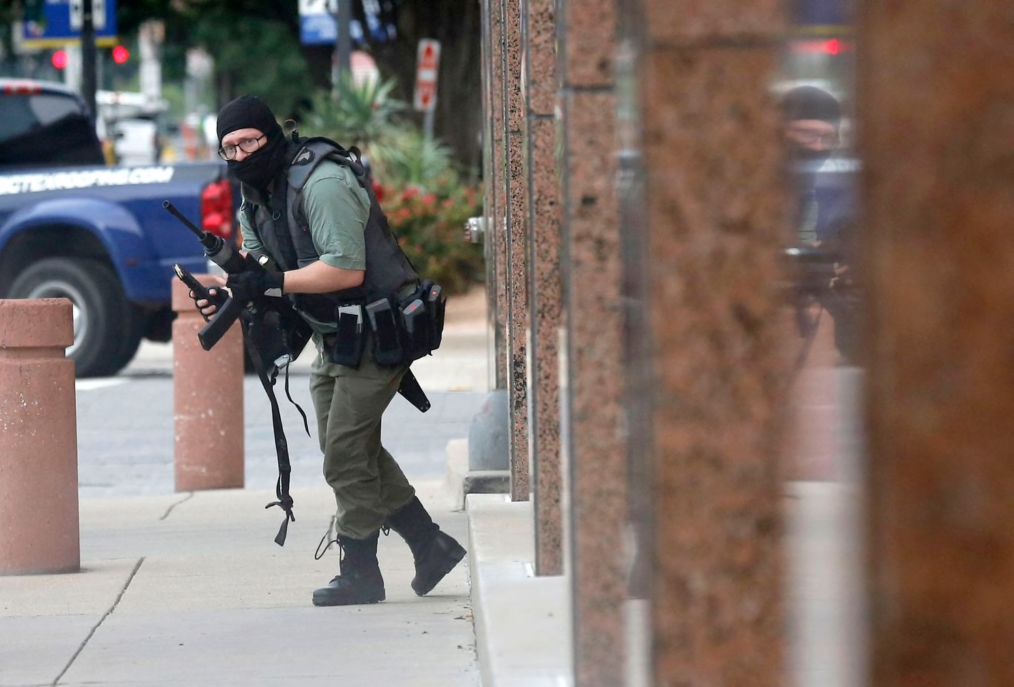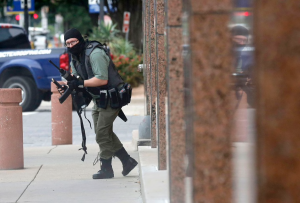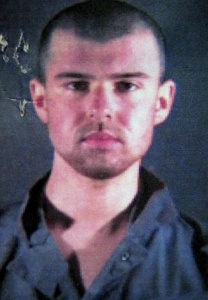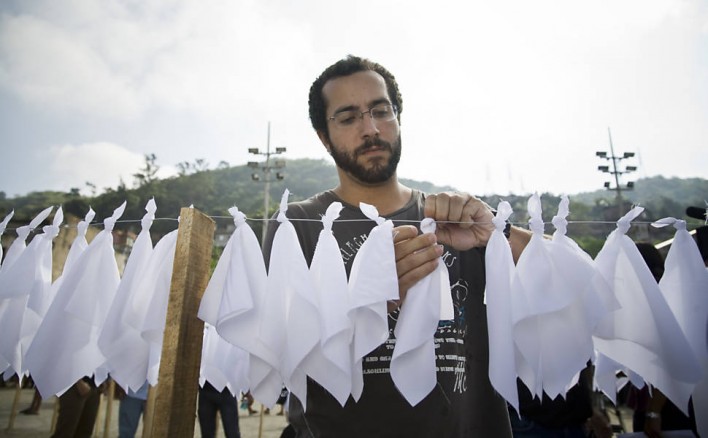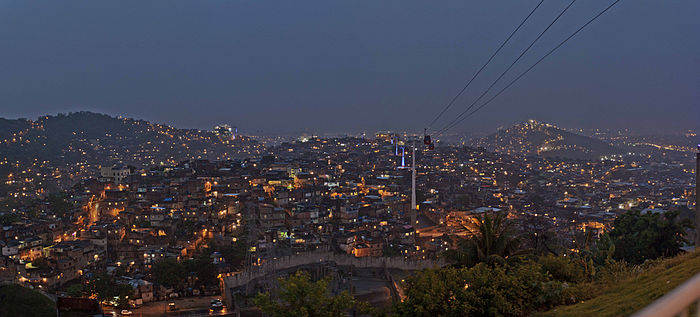Abu Bakr al-Baghdadi was killed in a United States’ orchestrated raid on October 26. The well educated and self-made man in many respects was also the world’s most sought-after terrorist due to his position as the leader of the Islamic State of Iraq and the Levant; an organization known for their brutality and cruelty.
Origins
He was born in 1971 as Ibrahim Awwad Ibrahim al-Badri and was nicknamed “the believer” as a child because of the time he spent at his local mosque as well as his dedication to reciting the Koran. In the 1990s, he moved to Baghdad and obtained a bachelor’s and master’s degree in Islamic studies, eventually going onto gain a Ph.D. at the University of Baghdad.
In 2003, the US led a large-scale intervention in Iraq and by then, Baghdadi steadily gained influence in the region as well. Baghdadi reportedly helped create a group that set out to attack US troops and their allies.
Then, in early 2004, Baghdadi was detained by US troops and placed in a detention center at Camp Bucca. The camp itself was considered to be a nesting ground for future violent criminals as they became radicalized and developed their networks and relationships, as well as curating their future plans of attacks while there.
Baghdadi left Camp Bucca early because he was deemed to be a low threat individual. He came to be linked to Al-Qaeda which eventually led to his involvement and succession in the Islamic State of Iraq in 2010. ISI continued to carry out their brutal and rebellious attacks, causing even more chaos in the region. The attacks were based on a very extreme view and interpretation of Islamic law. They targeted those who did not behave or practice Islam in the way the organization saw fit.
The ISIL Years
Over the past few years, ISIL and Baghdadi began to increase their power and domain over the region, but Baghdadi also became significantly less visible to the public eye. While ISIL has been linked to worldwide attacks and killed thousands, the US-led coalition slowly began to drive them out of their ruling territory, forcing them into regroup and move elsewhere.
Many believed Baghdadi was killed in an airstrike in the middle of 2017, but come that September via a snippet of audio, he was believed to be alive still.
He was alive and called for yet more brutality and violence in the region. Finally, earlier this year in April 2019, video of Baghdadi surfaced with him urging his followers to continue fighting and attacks. The information available as of now is that Baghdadi is in fact, dead. Confirmation is said to have come from DNA testing of his remains.
Understandably, confirmation of this sort of attack is desired by a great many people and governments around the world. As to the level of confidence, the US has remained in their stance and level of confidence that Baghdadi was in fact killed during the raid. Baghdadi’s remains are said to have been tested almost immediately giving way to an identification. On-site technicians who were with the US troops during the raid used DNA samples from Baghdadi along with pieces of his body that had been destroyed during a self-inflicted blast.
The Raid
The location of the chain of events was the village of Barisha near the Turkish border. It is said that Baghdadi had been under surveillance for at least the last couple of weeks, with perhaps even former disgruntled employees and wives of his sharing information with authorities after being arrested.
States with armed forces deployed in the region were reportedly given advance notification of the impending raid by the Delta Force, an elite special operations team. Multiple aircraft such as helicopters were used as the special forces team made their short journey from Iraq to the site of the raid. Once on the ground, a short gun battle broke out while the US helicopters fired missiles at the two houses on the site. One house was completely flattened.
The US team, once on the ground, called out to Baghdadi to surrender himself but only two adults and 11 children are said to have emerged from the compound. During this, Baghdadi tried to escape into a tunnel network on the property, but the US kept firing, crumbling walls and doors all around. Baghdadi was in the tunnel when he presumably realized he could no longer hold out or escape, spurring him to detonate his suicide vest bomb. The explosion from the vest killed him as well as three of his children he had brought with him into the tunnel.
There were also other causalities, two of such were women believed to be his wives, but their bodies were left behind as they were deemed too risky to move out of the belief, they too were wearing explosive vests. According to the White House, five enemy combatants were killed inside the compound along with others outside. No US troops were injured with exception of light superficial wounds. Additionally, one of the US military dogs is said to have been seriously injured but left the raid when troops retreated and the mission as over. As or right now, the dog is doing well and back in service.
The End… Or Is It?
Baghdadi is said to have been in Idlib in an attempt to rebuild IS there since much of their territory had been lost in recent years. The likely response to the death of Baghdadi on part of ISIL is to name a successor for the group. Furthermore, revenge-seeking individuals and anger-fueled attacks brought on by his supporters are likely to occur in the aftermath.



